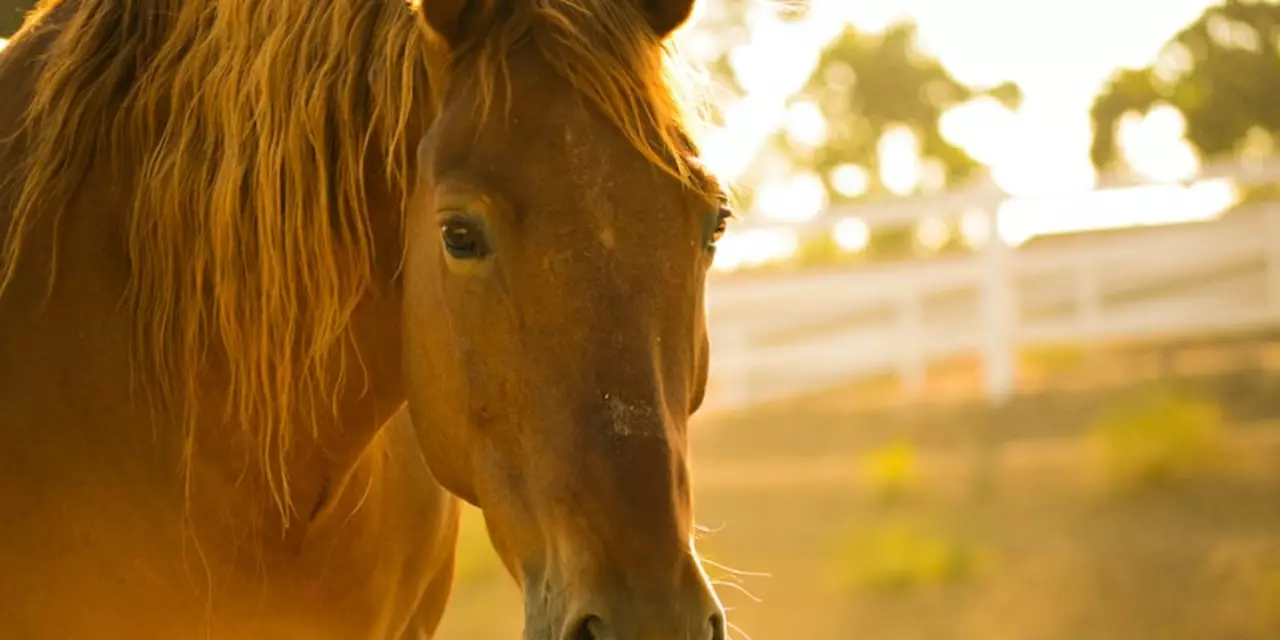Equine Safety & Accidents: What You Need to Know
Ever wonder why a simple mistake can turn a fun ride into a nightmare? You’re not alone. Riders of every level face the same risks, and the difference between a safe outing and a serious incident often comes down to a few practical habits. In this guide we’ll break down a real‑life accident, pull out the lessons it teaches, and give you clear actions you can take today.
What a Tragic Accident Can Teach Us
The story that made headlines involved a woman riding in England who wasn’t wearing a helmet. Her horse reared, threw her off, and she suffered a head injury that proved fatal. The details are stark, but the take‑away is simple: a helmet can be the single most effective piece of safety gear you own. It’s not a fashion statement; it’s a life‑saver.
Beyond the helmet, the incident highlights two other points. First, always be aware of a horse’s behavior. A rearing horse often shows signs—ears pinned back, tense neck, rapid breathing—before it acts. Second, never assume you’re immune to mishaps because you’ve ridden for years. Even experienced riders can be caught off guard.
Everyday Safety Tips to Keep You Riding Longer
Here’s a short checklist you can run through before every ride:
1. Wear a certified helmet. Make sure it fits snugly and isn’t older than five years. Replace it after any impact, even if it looks fine.
2. Check your tack. A loose saddle or worn reins can cause a loss of control. Give every piece a quick visual and tactile test.
3. Read the horse’s body language. Look for signs of stress: pinned ears, swishing tail, or a sudden stare. If you spot any, pause and assess before moving.
4. Ride with a buddy or let someone know your route. If something goes wrong, a second set of eyes or a quick call can make all the difference.
5. Practice emergency dismounts. Knowing how to get off safely when a horse bolts or trips can prevent falls and injuries.
These steps take only a few minutes, but they cut the risk dramatically. The goal isn’t to scare you; it’s to give you confidence that you’re doing everything you can to stay safe.
Another common scenario is a horse stumbling over an obstacle. The rider’s reaction—whether they cling to the saddle or try to stay relaxed—determines the outcome. Staying calm, keeping your weight centered, and using your legs to guide the horse back to balance can turn a slip into a minor bump.
Finally, remember that safety is a habit, not a one‑off check. Make these actions part of your routine, just like brushing your teeth. Over time they become second nature, and you’ll notice you’re more in tune with your horse’s mood and more prepared for the unexpected.
Riding is about freedom, excitement, and connection with a powerful animal. By treating safety as an essential part of that experience, you protect yourself, your horse, and the joy you both share. Keep these tips in mind, stay alert, and enjoy every ride with confidence.
What is the saddest horse riding accident?
This article examines the tragic event of a horse riding accident that resulted in the death of a woman in England. The accident occurred when the woman was riding her horse and it suddenly reared up, throwing her off. She was not wearing a helmet and suffered serious head injuries. The woman was taken to the hospital but sadly died the following day. This tragedy serves as a reminder to always wear a helmet when riding a horse and to always be aware of the horse's movements. It is important to take all necessary precautions to protect yourself and the horse when riding, as such accidents can have devastating consequences.
READ MORE